 LAUREN'S BUTTERFLIES OF BELIZE (Part Two) Is brought to you by ReMax Isla Bonita - everything we touch, turns to sold! Butterflies from Around the World: http://www.pbase.com/lejun/butterflies_from_around_the_world 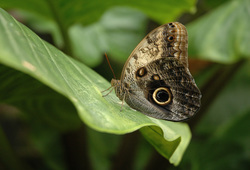 Owl Butterflies are large, tropical butterflies found in secondary forests and rainforests from Mexico down to the Amazon in South America. Owl butterflies are typically active during the daytime, but these specific butterflies are most active around twilight hours each morning. So during the day, you are most likely to see them resting. It is easy to see why they are called Owl Butterflies. Their wings look like the face of an owl, and if you spread the wings out, you can actually see a pair of eyes looking straight at you. Owl Butterflies have a wingspan up to 6 inches. Their dorsal wing surfaces are broadly edged with dark brown, tan to gray on the hind wings. Their ventral wing surfaces (seen when they are resting) are a molting looking brown, with cream at the base of the fore wing. There is one large eye spot on each hind wing. These butterflies like to land on tree trunks, because they blend in and are not very easily seen. Plus, if they hold still, then you actually think they are starring at you, when they really aren't. This is why predators will leave them alone. Like most tropical butterflies, Owl Butterflies feed on the oozing juice from rotting fruit. So if you want to attract butterflies on your porch or in your garden. Leave out pieces of rotten fruit. They love it!
0 Comments
 LAUREN'S BUTTERFLIES OF BELIZE (Part One) Is brought to you by ReMax Isla Bonita - everything we touch, turns to sold! 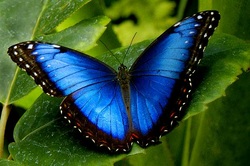 Mom is helping me with this series. I'm picking the butterflies, I want mom to write about. The Blue Morpho is my first choice. I think the Blue Morpho Butterfly is the prettiest butterfly I have ever seen. It has bright blue wings, with black edges and white poka-dots. It is among the largest butterfly family in all the world. It's wings span is between five to eight inches. The underside of the Morpho’s wings, are a dull brown color with many eyespots, which help to camouflage it against predators such as birds and insects when its wings are closed. When the Blue Morpho flies, the contrasting bright blue and dull brown colors flash, making it look like the Morpho is appearing and disappearing. The Blue Morpho Butterfly has two clubbed antennas, two fore wings and two hind wings, six legs and three body segments -- the head, thorax and abdomen. We learned about this in school. Blue Morphos live in the tropical forests of Belize. Adult butterflies spend most of their time on the forest floor and in the lower shrubs and trees of the understory with their wings folded. If you are walking through the rainforest, you will mostly see these butterflies in in clearings, and along streams where their bright blue wings are most visible. The blue Morpho’s entire lifespan lasts only 115 days, which means most of their time is spent eating and making babies. A Blue Morphos diet changes throughout each stage of their life. As a caterpillar it likes to chew leaves, then as it becomes older it no longer chews its food, but drinks it instead. An adult Blue Morphos develops a mouth that looks like a straw and it sucks in fluids, the juice of rotting fruit, fluids of decomposing animals, tree sap, fungi and even wet mud. Blue Morphos has taste sensors (much like taste buds on our tongues) on their legs, and they "taste & smell" the air with their antennae, which serve as a combined tongue and nose. Blue Morphos are severely threatened by deforestation (so don't cut down our trees) in the tropical rain forests. This is one of the reasons why the Belize Government took over 40% of our land and turned it into National Parks and habitats for animals and insects like the Blue Morphos. Always remember when you go into a Belize National Park - look but don't touch! 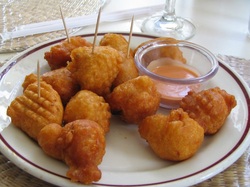 CONCH FRITTERS Contributed by Tony's Inn & Beach Resort, Corozal Town, Belize. Conch Shells wash up on our beaches here in Belize all the time. Inside these conch shells (see the pictures at the bottom of the page) are snails. The locals like to take the snail out and eat them. Conch can be fixed in a number of ways. One way is to make them into conch fritters, which are really good. If you don't find them washed up on beaches, you can dive for them in shallow water off shore. So, as any culture would do, the locals have found ways, to take the meat from these snails and make them into a variety of tasty dishes. When you find a conch shell, there is a procedure to follow as to how to take the snail out. Then the fisherman clean and sell the snails to restaurants and grocery stores. They give the shells to local street vendors, who scrub, clean and polish them to sell to tourists. Like the picture you see below to the far right. I love conch fritters and wanted to share this recipe mom got from Tony's Inn and Beach Resort in Corozal Town. If you contact Tony's Inn & Beach Resort, tell them "Our Belize Vacation" sent you. CONCH FRITTERS PICO de GALLO 1 lb. conch Combine diced tomatoes, onions, cilantro, salt & pepper to taste. 1/2 sweet pepper, minced Add lime juice and a dash of olive oil. 1/2 habanero pepper (no seeds) 1/2 tomato, diced finely 1/4 onion, minced juice of 1 lime sprig cilantro dash salt and pepper 2 c. flour 2 tsp. baking powder 1 c. water 1/3 c. vegetable oil INSTRUCTIONS FOR MAKING CONCH FRITTERS - Clean and dice conch and place in a food processor with vegetables and lime juice. Pulse until fine and well mixed together. If no food processor is available, beat conch to tenderize, and then mince. Add to minced vegetables with salt and pepper to taste, mixing well. Combine dry ingredients together and add processed conch and vegetables. Mix well, adding water to moisten. Drop by tablespoonful into hot oil and cook until golden. Remove from oil and drain on paper towel. Makes 8 fritters. |
LaurenHi, my name is Lauren. I've been living in Belize my entire life. I hope you enjoy reading about things all the things I like. BUTTERFLIES OF BELIZE!
Check out my current blog series on Butterflies of Belize. I have 72 butterflies to tell you about. COMING SOON!
I have a new blog series coming soon. IF YOU WOULD LIKE TO SPONSOR THIS SERIES WITH YOUR COMPANY'S ADVERTISEMENT, ...... Please let me know. Categories
All
Archives
May 2012
|
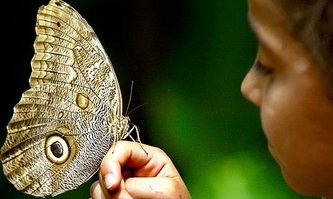
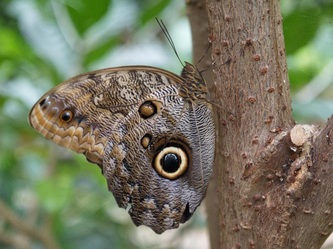
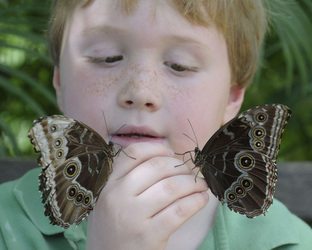
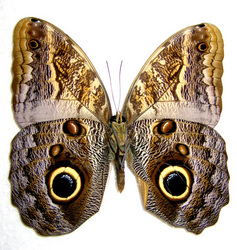
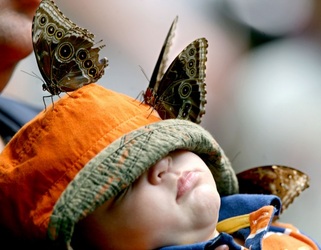
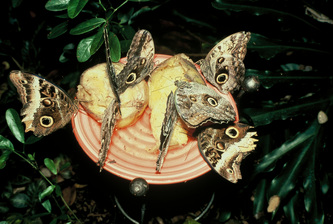
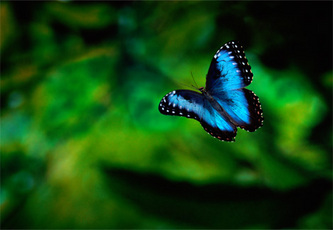
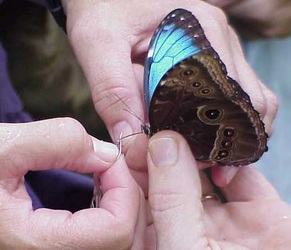
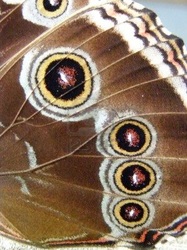
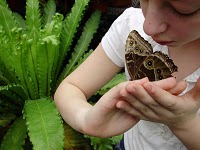
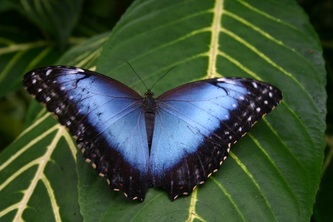
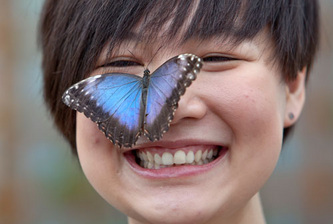
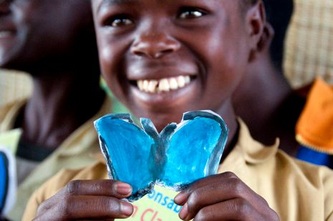
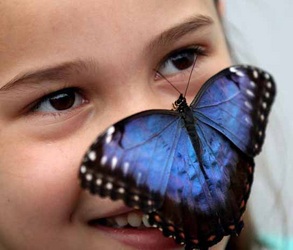
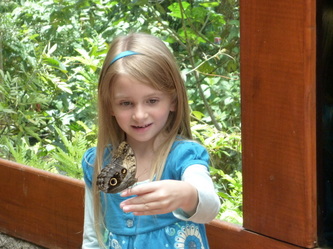
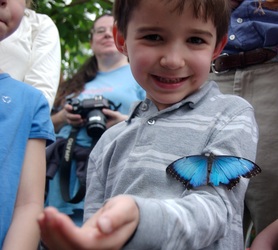
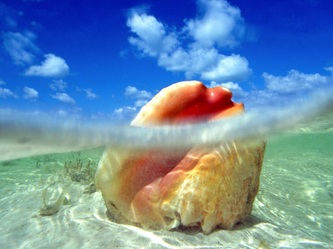
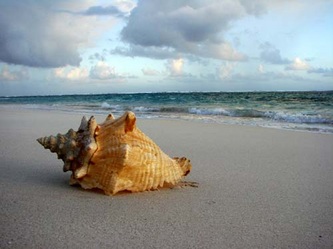
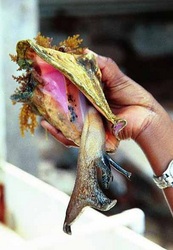
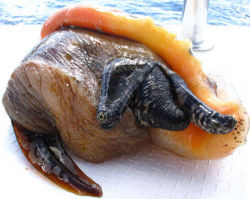
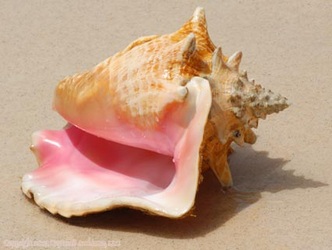

 RSS Feed
RSS Feed